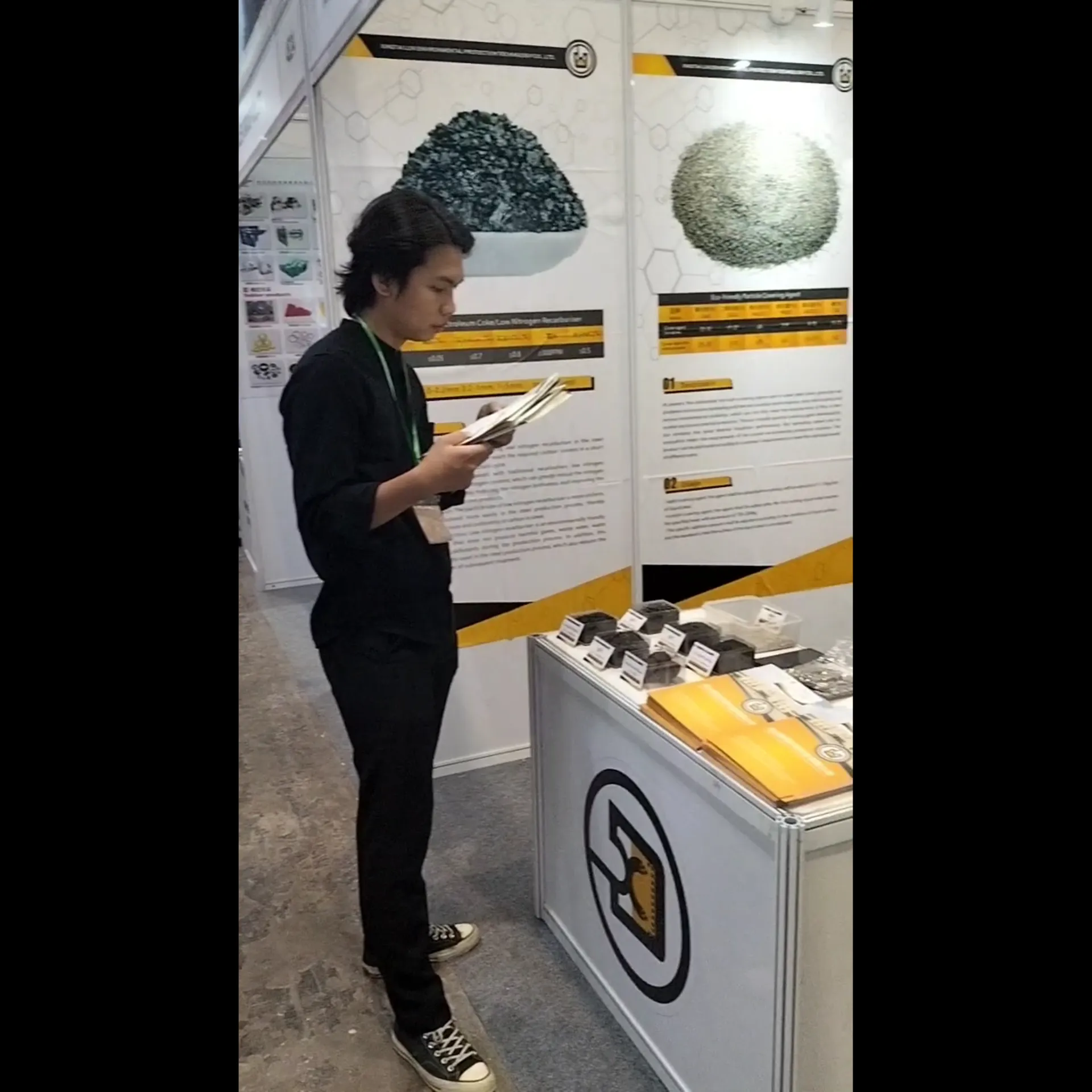Dec . 01, 2024 11:15 Back to list
china vermiculite and asbestos
The Relationship Between Chinese Vermiculite and Asbestos An Overview
Vermiculite is a naturally occurring mineral that has garnered significant attention in various industries, especially in construction, horticulture, and agriculture. It is prized for its ability to expand when heated, resulting in lightweight, insulating, and absorbent properties. China has been one of the prominent producers of vermiculite, leveraging its abundance of natural resources to cater to both domestic and international markets. However, the relationship between vermiculite and asbestos is a complex one that requires careful examination.
The Relationship Between Chinese Vermiculite and Asbestos An Overview
In the context of vermiculite, the primary concern arises from the potential for asbestos contamination. Vermiculite deposits can be found alongside asbestos-containing rock formations. This geographical coincidence means that vermiculite mined from certain locations, particularly in the past, may contain harmful asbestos fibers. One notable example is the Libby mine in Montana, USA, which was known to produce vermiculite that was contaminated with asbestos. This incident raised red flags about the safety of vermiculite products, leading to widespread scrutiny.
china vermiculite and asbestos

The situation is particularly relevant to Chinese vermiculite, as the country has several deposits that could potentially contain asbestos. The Chinese government and industry stakeholders are acutely aware of the implications of this issue. Initiatives have been implemented to test and ensure the safety of vermiculite products. Mining companies are tasked with conducting thorough assessments of their products for any traces of asbestos, and certifications are often required to guarantee compliance with health and safety standards.
Despite these measures, concerns remain about the efficacy of testing procedures and the integrity of certifications, especially when products are exported to different countries with varying regulations. For instance, while some nations have banned all forms of asbestos, others continue to allow limited use. This inconsistency can create challenges for consumers seeking safe construction and gardening materials.
Another layer of complexity is added by the significance of vermiculite in sustainable practices. Its lightweight, insulating properties make it an attractive option for eco-friendly building materials, while its use in horticulture supports organic farming practices. Balancing these benefits with the potential risks associated with asbestos contamination is a challenge that industry players must navigate.
In conclusion, the relationship between Chinese vermiculite and asbestos is an intricate issue that highlights the need for stringent safety measures and conscientious consumer awareness. With the right approach, vermiculite can continue to be a valuable resource in multiple industries without posing significant health risks. Ongoing research, improved regulations, and transparent practices are essential in ensuring that vermiculite products are safe, sustainable, and beneficial to both consumers and the environment. As markets evolve and the demand for eco-friendly materials increases, addressing this relationship will be crucial in securing a safer future.
-
Eco-Friendly Granule Covering Agent | Dust & Caking Control
NewsAug.06,2025
-
Fe-C Composite Pellets for BOF: High-Efficiency & Cost-Saving
NewsAug.05,2025
-
Premium Tundish Covering Agents Exporters | High Purity
NewsAug.04,2025
-
Fe-C Composite Pellets for BOF | Efficient & Economical
NewsAug.03,2025
-
Top Tundish Covering Agent Exporters | Premium Quality Solutions
NewsAug.02,2025
-
First Bauxite Exporters | AI-Optimized Supply
NewsAug.01,2025
